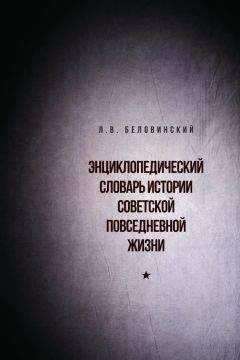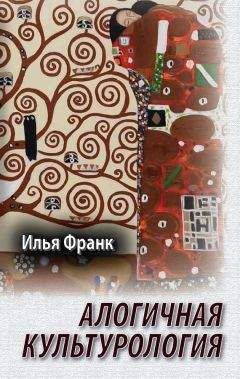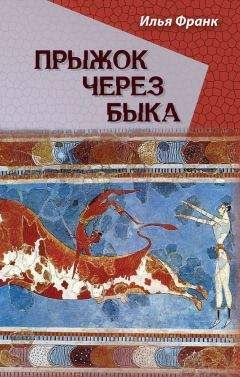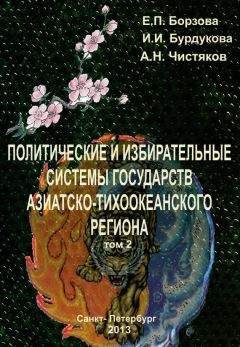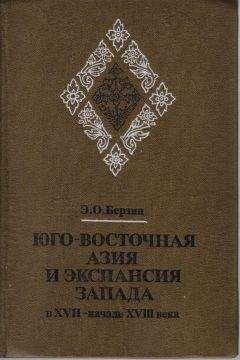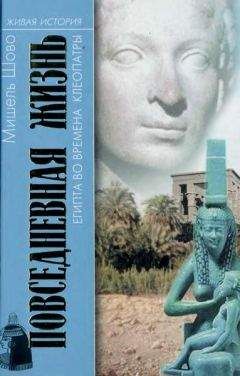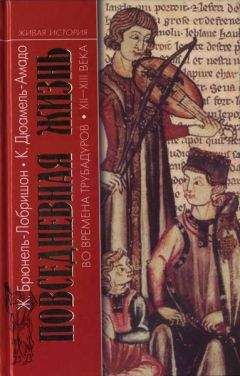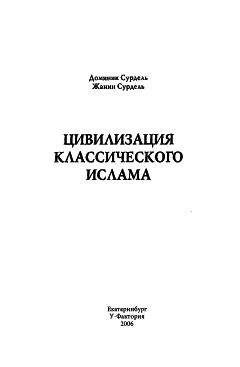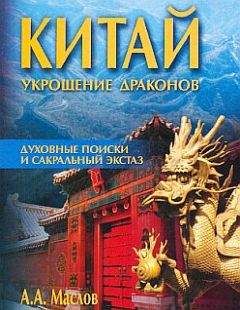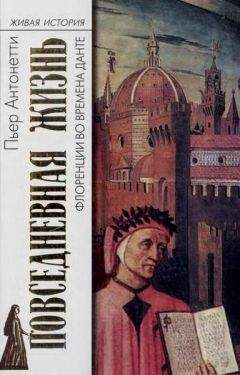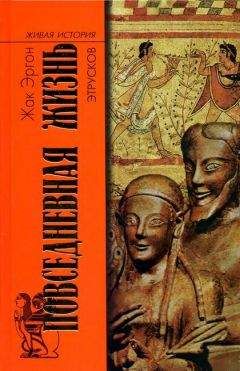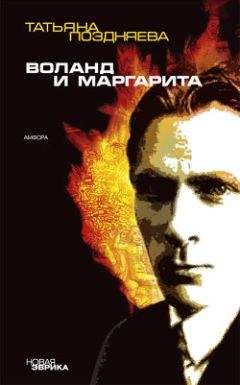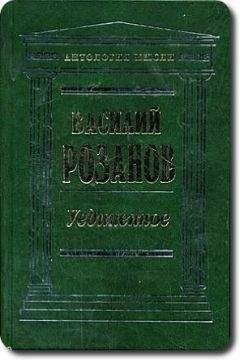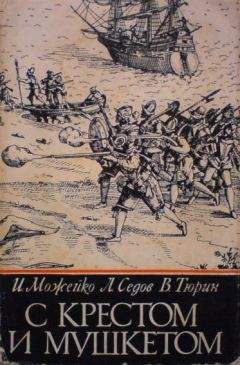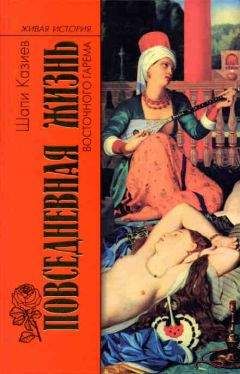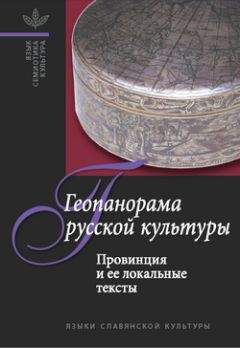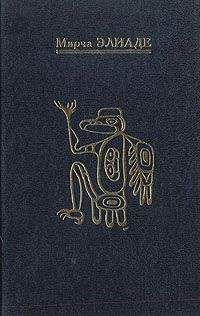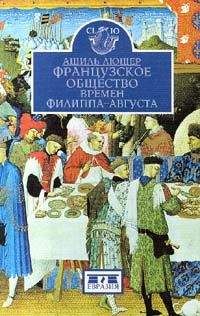Эдуард Берзин - Юго-Восточная Азия в XIII – XVI веках
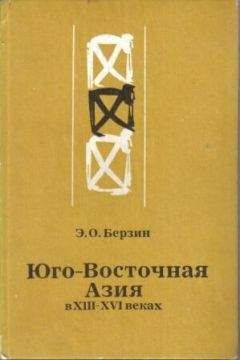
Скачивание начинается... Если скачивание не началось автоматически, пожалуйста нажмите на эту ссылку.
Жалоба
Напишите нам, и мы в срочном порядке примем меры.
Описание книги "Юго-Восточная Азия в XIII – XVI веках"
Описание и краткое содержание "Юго-Восточная Азия в XIII – XVI веках" читать бесплатно онлайн.
Книга посвящена одному из наименее изученных периодов доколониальной истории восьми стран региона Юго-Восточной Азии (Бирмы, Таиланда, Лаоса, Кампучии, Вьетнама, Малайи, Индонезии и Филиппин) с XIII по XVI в. Исследование построено на широком круге источников.
250. Sousa Manuel de Faria E. Asia Portuguese. Lisboa, 1666.
251. Sriksibhanda S. Le pouvoir royal a la Thailande. Caen, 1940.
252. Stain Ca11enfe1s P. V. van. The Founder of Malacca. JRASMB, 1937, vol. XV, pt. 2.
253. Stapel F. W. Geschiedenis van Nederlandsch Indie. B. 1–5. Amsterdam, 1938–1940.
254. Stevens. History of Sea Power. N. Y., 1944.
255. Sy H. Quelques traits relatifs a 1'histoire du Cambodge. — «Revue d'Histoi-re des Missions», 1931, № 4.
256. Tcheou Takouan. Memoires sur la Cambodge. — BEFEO, 1902, vol.11.
257. Than Tun. Religion in Burma A. D. 1000–1300.—JBRS, 1959, vol. XVII, pt. 2.
258. Thanh Tu'o'ng. Histoire resumee du Viet-Nam. Hanoi, 1955.
259. Traditional Vietnam. Hanoi, 1969.
260. Tran Van Tun g. Viet-Nam. Les hommes d'au — dela du Sud. Hanoi, 1957.
261. Tregonning K. G. World History for Malayans from Earliest Times to 1511. L., 1957.
262. T u r p i n. M. Histoire civile et naturelle du royaume de Siam et des revolutions qui ont bouleverse cet empire a jusqu'a 1770. T. I–II. P., 1771.
263. U Aung Thein. Intercource between Siam and Burma. — JBRS, 1938, with the Burmese. JBRS, 1958, vol. 40. pt. 2; vol. XXVIII, pt. II.
264. U Aung Thein. Our War 1959, vol. 41, pt. 1.
265. Varthemadi. The Travels of Lodovico Varthema. L., 1863.
266. Viet-Nam: A Historical Sketch. Hanoi, 1974.
267. ViravongMaha Sila. History of Laos. N. Y., 1964.
268. Vlekke B. H. M. The Story of the Dutch East Indies. Cambridge, 1946.
269. Vlekke B. H. M. Nusantara. A History of Indonesia. Chicago, 1960.
270. Wells K. E. Thai Buddhism. Its Rites and Activities. Bangkok, 1939.
271. Wessels C. La premiere mission franciscaine a Java (1564–1599). «Revue d'Histoire des Missions», 1930, № 4.
272. Wheatly P. The Golden Khersonese. Kuala Lumpur, 1961.
273. Wi1kinson R. I. The Malacca Sultanat. 1935, vol. XIII, pt. 2.
274. Willoguet G. Histoire de Philippines. P., 1961.
275. Winstedt R. O. A History of Johore. — JRASMB, 1932, vol. X, pt. 3.
276. Winstedt R. O. The Malay Annals or Sejara Melayu. — JMBRAS, 1940, vol. XVI, pt. 2.
277. Winstedt R. O. The Malay Founder of Medieval Malacca. — «Bulletin of the School of Oriental and African Studies», 1948, vol. XII, № 34.
278. Winstedt R. O. Malaya and its History. L., 1948.
279. Winstedt R. O. Malay History from Chinese Sources. — «Bulletin of the School of Oriental and African Studies», 1949, vol. XIII, no 1.
280. Winstedt R. O. A History of Malay. Kuala Lumpur, 1968.
281. Winstedt R. and losselinde long P. E. The Maritime Laws of Malacca. — JRASMB, 1956, vol. XXIX, pt. 3.
282. Wood W. A. R. A History of Siam from the Earliest Times to the Year 1781. Bangkok, 1933.
283. Zainuddin A. A Short History of Indonesia. Clayton, 1968.
284. Zairа N. Readings in Philippines History. Manila, 1956.
285. Zaide G. F. Philippine Political and Cultural History. Vol. I–II. Manila, 1950.
286. Zaide G. F. Great Events in Philippines Historical Patriotic Calendar. Manial, 1959.
287. Zaide G. F. History of the Philippine People. Manila, 1959.
288. Zaide G. F. The Pageant of Philippine History. Vol. I. Manila. 1979.
СПИСОК СОКРАЩЕНИЙ
BEFEO — Bulletin d'Ecole Francaise d'Extreme-Orient (Saigon)
JBRS — Journal of the Burma Research Society (Rangoon)
JRAS — Journal of the Royal Asiatic Society of Great Britain (London)
JRASMB — Journal of the Royal Asiatic Society. Malayan Branch (Singapore)
JSS — Journal of the Siam Society (Bangkok)
SUMMARY
The subject of this book is the history of the South East Asia from beginning of the XIII century to the end of the XVI century A. D. This period may be divided into three main parts:
1. The destruction of the old and the foundation of the new feudal states (XIII–XIV centuries).
2. The development of the new type of feudal states depending on the level of economic growth in the region (XIV–XV centuries).
3. The struggle of the South Eastern states (direct or indirect) against the first wave of the European (Portuguese and Spanish) colonization and redistribution of the trade and power centers influenced by these events (XVI century).
Until the XII — beginning of the XIII centuries the prevailing type of economy in the region was natural. But in the XIII century we witness the change in this pattern due to the cardinal events in the world history. In the West because of the Crusades Europe started taking active part in the Eastern trade. In the East the Mongolian — Chinese empire of Yuan became a new great market for the goods from the SEA and the West which were reexported through the South East Asia.
The development of the trade relations in the SEA in its turn became the stimulus for the local feudals who in order to get profits raised the level of.exploitation of their peoples.
But the social structure of the SEA countries was based on the natural economy and the main part of the surplus product which could not be utilised by the feudals was spent on religious needs (especially on the construction of the huge and numerous temples). New burdens imposed on the peoples could not but aroused the wave of indignation which destructed the old states.
In this acute struggle the peasants were supported by the young barbaric tribes (Thai, Shan, Lao), which entered this region from the North and by some of the petty feudals, who realised the necessity to liquidate overgrown bureaucratic system and the privileges of the clergy as the only way out.
Social struggle of the XIII–XIV centuries destroyed the main part of the old system of the feudal yoke and for some time lessened the burden of the working people. At the same time the new type of states had evolved on the ruins of the old system. Their administrative apparatus was simplified and the clergy lost part of its wealth. New feudal systems were more suited to the economic trade relations and stayed so up to the end of the period.
The strengthening of the new states can be also explained by the struggle against the Mongolian — Chinese aggression in the XIII century which ended wilh the expulsion of the aggressors.
The second half of the XIV and the XV centuries was the period of the highest development of the SEA. The trade with India, Near East and China reached the highest level. Such states as Siam, Majapahit, Vietnam and Malacca were flourishing in this period.
By the end of the XIV century the situation was complicated by the beginning of the new Chinese aggression in the region. But in the end the people-of the SEA headed by Vietnam repulsed this aggression.
With the occupation of Malacca by the Portuguese in 1511 the international trade in the SEA was undermined. But the countries of the region were quick in repairing the situation. The new trade centers were established are new trade routes bypassing the Malacca Strait were found. The Portuguese and the Spaniards, who reached the Philippines by the end of the XVI century, were powerless to suppress the sea trade of the SEA. The efforts of the Portuguesr and Spaniards to get foot in some regions of the Indochina and their colonist adventure in Cambodia in the end of the XVI century were in vain.
At the same time the rulers of the SEA countries underestimated the European threat. Busy fighting each other and using the Portuguese soldiers of fortune they were powerless to unite in order to crush the Portuguese hold of Malacca. Therefore the XVI century was the period of balance between the countries of the SEA and the European colonialism. Only in the XVII century with: the British and Dutch fleets entering the region the decisive change in favour of the West took place and the new period in the history of the SEA has started.
1
Эта агрессия велась почти исключительно силами Китайского государства, во главе которого стояла монгольская династия.
2
1 таэль — около 8 г.
3
Летописи, писавшиеся на пальмовых листьях, были в условиях тропического климата недолговечны, поэтому основные документы, дошедшие до нас от средневековья, — это надписи на камне и бронзе.
4
Названия городов и провинций, сохранившихся до наших дней, даются в старой транскрипции.
5
Далее мы будем именовать таиландских правителей, по аналогии с европейским средневековьем, королями.
6
Мыонг Шва.
7
И. ван Флит долгое время жил в Сиаме, возглавляя там торговое представительство Голландии.
8
Т х а у (Тяу, или Чао) — титул князя или короля в средневековом Сиаме.
9
Пумибун — мудрец.
10
Чодук Сеттхи — в переводе богатый и просвещенный.
11
Ни в одном источнике не говорится, что Утонг, создавая свою державу, прибегал к военной силе.
12
В бирманской хронике легенда сохранилась, по-видимому, в первоначальном, более архаическом виде. Здесь король просто собирается воровать чужие огурцы и получает по заслугам.
13
Судя по всему, это был «огуречный король» Чай (1336–1340), основатель новой тхеравадинской династии в Кампучии.
14
К х а — кхмероязычные коренные жители Мыонг Шва, ставшего доменом Фа Нгуна.
15
Вьенг Кам был окружен густой чащей бамбука. Фан Нгун приказал пускать в нее стрелы с золотыми и серебряными наконечниками, а потом отступить. Жители Вьенг Кама в поисках золота и серебра вырубили бамбук. Тогда войска Фа Нгуна вернулись и взяли город приступом [267, с. 32–33].
16
Сиамский король прислал Фа Нгуну 100 слонов, 20 тыс. золотых монет и столько же серебряных, 100 тыс. рогов и другие подарки [267, с. 35].
17
Чан Тхай Тонг умер в 1279 г., а Чан Тхань Тонг отрекся от престола и стал королем-наставником при своем сыне.
18
Только Омару, известному своими зверствами, была организована гибель в инсценированной морской катастрофе [168, с. 188].
19
Новый орган власти, созданный в начале XIV в.
20
Район, где размещались королевские дворцы.
21
Солдат преклонного возраста, которых было много в старой армии, отпускали домой. Теперь в армию стали набирать батраков, работавших по найму в феодальных поместьях [34, с. 116].
22
Были выпущены следующие ассигнации: 10 сапек — с изображением морских водорослей, 30 сапек — с изображением морских волн, 1 тьен (60 са-лек) — с изображением облаков, 2 тьена — с изображением черепахи, 3 тьена— с изображением единорога, 5 тьенов — с. изображением феникса, 1 куан (10 тьенов) — с изображением дракона [168, с. 198].
23
Столица Шривиджайи к этому времени была, видимо, перенесена в глубь острова.
24
Эту информацию, видимо, не следует понимать буквально. Она свидетельствует лишь о том, что в данном городе господствовала буддийская религия с ее доктриной неубиения (ахинсы).
25
В Шривиджайе с ее развитыми товарными отношениями прибавочный продукт не омертвлялся в гигантских храмовых зданиях, а вновь пускался в оборот. Угнетенные массы здесь ненавидели махаянское духовенство не потому, что оно особенно сильно их обирало, а потому, что оно освящало существующий классовый строй.
26
Подписывайтесь на наши страницы в социальных сетях.
Будьте в курсе последних книжных новинок, комментируйте, обсуждайте. Мы ждём Вас!
Похожие книги на "Юго-Восточная Азия в XIII – XVI веках"
Книги похожие на "Юго-Восточная Азия в XIII – XVI веках" читать онлайн или скачать бесплатно полные версии.
Мы рекомендуем Вам зарегистрироваться либо войти на сайт под своим именем.
Отзывы о "Эдуард Берзин - Юго-Восточная Азия в XIII – XVI веках"
Отзывы читателей о книге "Юго-Восточная Азия в XIII – XVI веках", комментарии и мнения людей о произведении.





